miling from ear to ear, Rafik Sarkisian can’t hide his delight. “Welcoming a foreign journalist means that we are doing a good job,” he explains. An Armenian by birth, he has worked at the Luch factory since 2014, and is now a development manager for the Belarusian watchmaker.
The company has an “interesting history”, he says, as he shows us around a site comprising several buildings. In one of them, a long corridor on the ground floor gives access to the workshops in which some twenty people are busy with the company’s main task: making watches. In the design department on the upper floors, employees have their noses glued to their computer screens. “Excuse the mess, we’re in the middle of renovating,” explains Mr Sarkisian.
-

- Rafik Sarkisian, development manager at the Luch factory in Minsk (Belarus) since 2020
On top of the historic building that houses the Luch factory, on Independence Avenue in the Belarusian capital of Minsk, a huge clock looks out over the neighbourhood. Never short of anecdotes, our guide takes the opportunity to recount the time an old lady came to inform them of a technical problem. “She was on the bus and, as she did every day when she passed the factory, she checked the time on the clock. Noting that the clock was fast, she hurried to come and warn us of the problem.” For him, this is undeniable proof of “the bond forged between the brand and the people.”
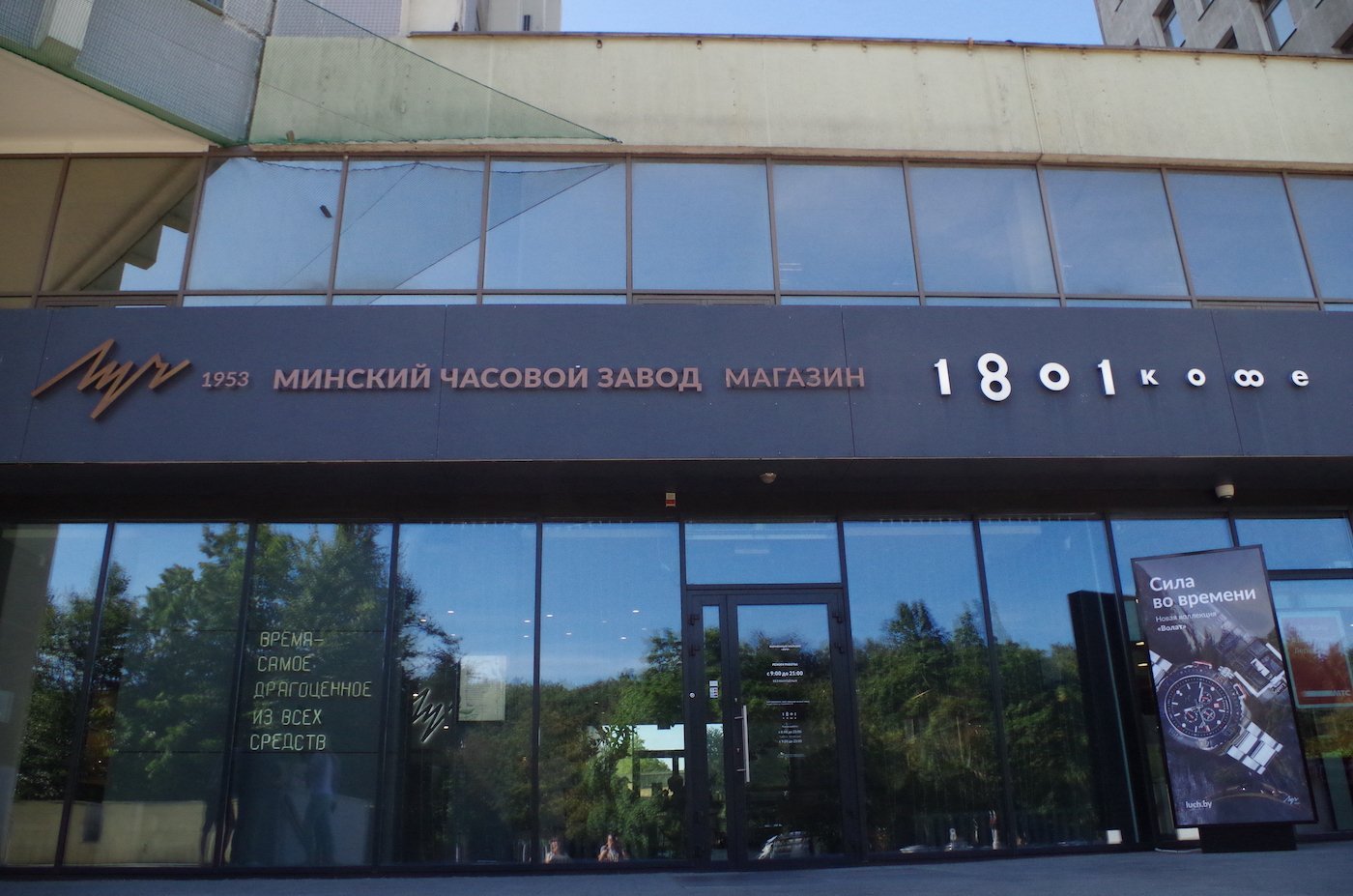
More than 10,000 employees in the 1970s
Founded in 1953 in Minsk, the factory was one of the Soviet Union’s greatest industrial success stories. It was initially born of a desire by the state to launch the manufacture of women’s wristwatches based on the “Zarya” watches produced in the Russian Penza factory, thanks in particular to the involvement of French engineers, and equipment from French watchmaker Lip.
The Minsk factory was dedicated to producing this ladies’ model, which proved to be an immediate success. From an initial workforce of around 200, the factory quickly grew, diversified its output and acquired the name Luch (“beam” in Russian) in 1962. By 1965, the number of employees had risen to over 4,000, and it was producing almost 1.2 million watches yearly.
Founded in 1953 in Minsk, Luch was one of the Soviet Union’s greatest industrial success stories. It was initially born out of a desire by the state to make women’s wristwatches.
The factory reached its peak in the 1970s. “At that time, more than 10,000 people were employed here,” says Sarkisian. “The workers were so numerous that it is said that every day someone in the factory announced the birth of a new child.”
Since the late 1950s, evening classes have taken place in the factory itself. Specialists are trained in the company workshops, in cooperation with the workers. Luch’s main focus has always been on mechanical watches, but from the 1970s it also began to produce quartz watches. At that time, almost 300,000 watches were sold in the country each year. But Luch had the whole of the Soviet Union as a market for its products. From the Baltic Sea to Central Asia, demand was high for its products, whose quality was unanimously recognised. Production peaked at 14 million watches in one year.
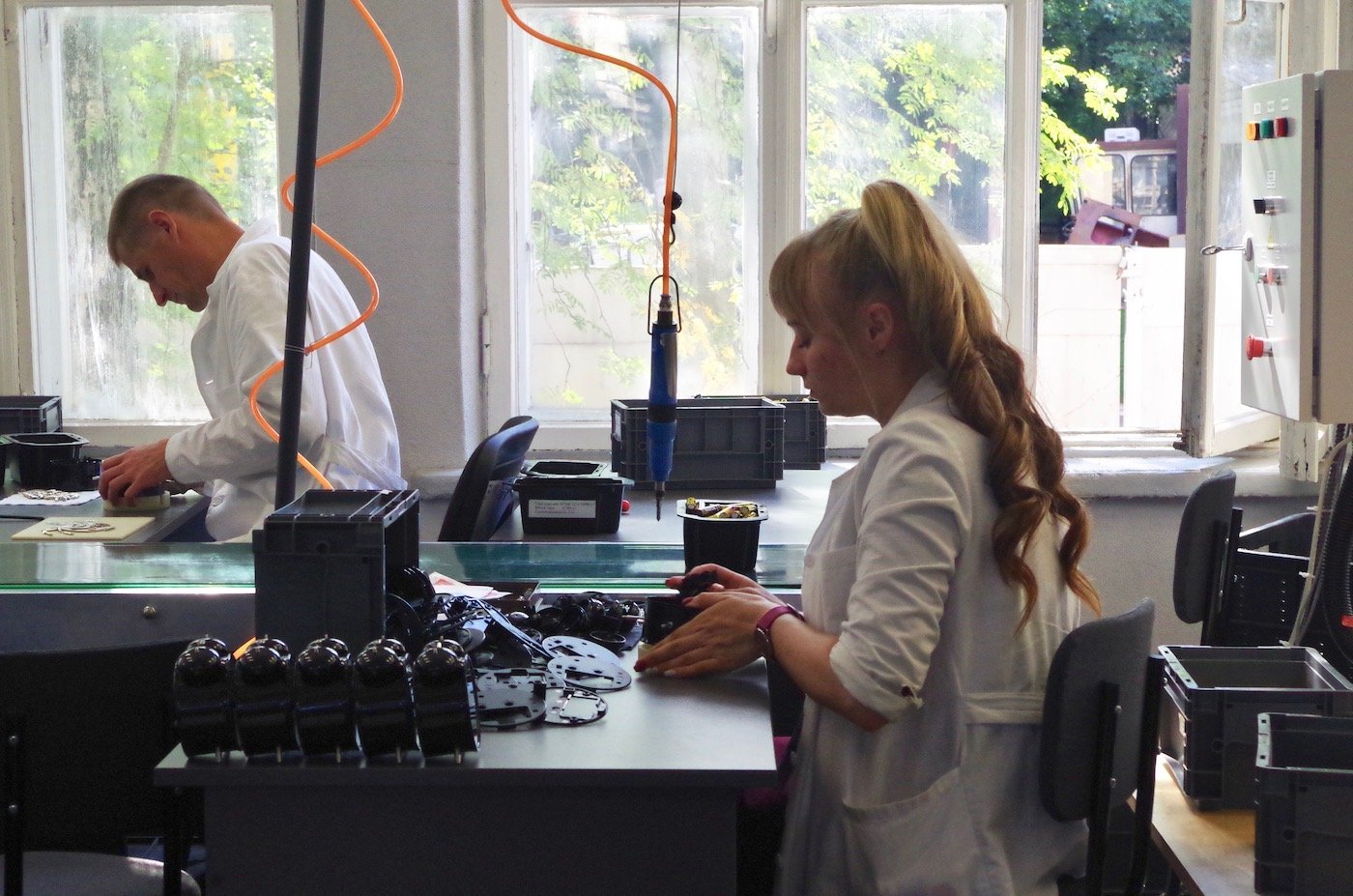
The uncertainty of the 1990s
Unsurprisingly, the disintegration of the USSR in 1991 heralded a difficult period for Luch. Once the borders with the West were open, the new territories conquered by the free market economy were flooded with competition from abroad. By the end of the 20th century, demand for the Soviet brand’s watches had fallen dramatically.
After gaining its independence in 1991 the State of Belarus found itself deprived of its former Soviet partners. It embraced the neo-liberal wave sweeping through Eastern Europe and started following the new rules: sell everything off to the private sector, dismantle industry, sell off natural resources and human capital.
The watchmaking conglomerate became a public limited company and struggled to maintain its attractiveness in the new economic landscape. The brand found it impossible to compete with European and Chinese products, which were cheaper (especially on the black market) and more attractive, particularly in a society suffering accelerated impoverishment.
Once the borders with the West were opened, international competition flooded into the new territories conquered by the free market. At the end of the 20th century, demand for Soviet branded watches tumbled.
The abrupt exit from the centrally-planned socialist model and the introduction of new economic measures caused turmoil in the country, leading to outright rejection of the new order. This crystallised with the 1994 election of Alexander Lukashenko, who put the brakes on accelerated privatisation in Belarus. A “reorientation” then took place, one that, in the words of researcher Ronan Hervouet, “refers to the Soviet model, while simultaneously introducing measures specific to free market economics.”
Belarus walks a tightrope between East and West, both geopolitically and economically. “Market socialism” is presented by the authorities as a hybrid path between yesterday’s socialism and the neoliberal present, one that is “not only fairer, but also more effective in dealing with the exit from communism.”
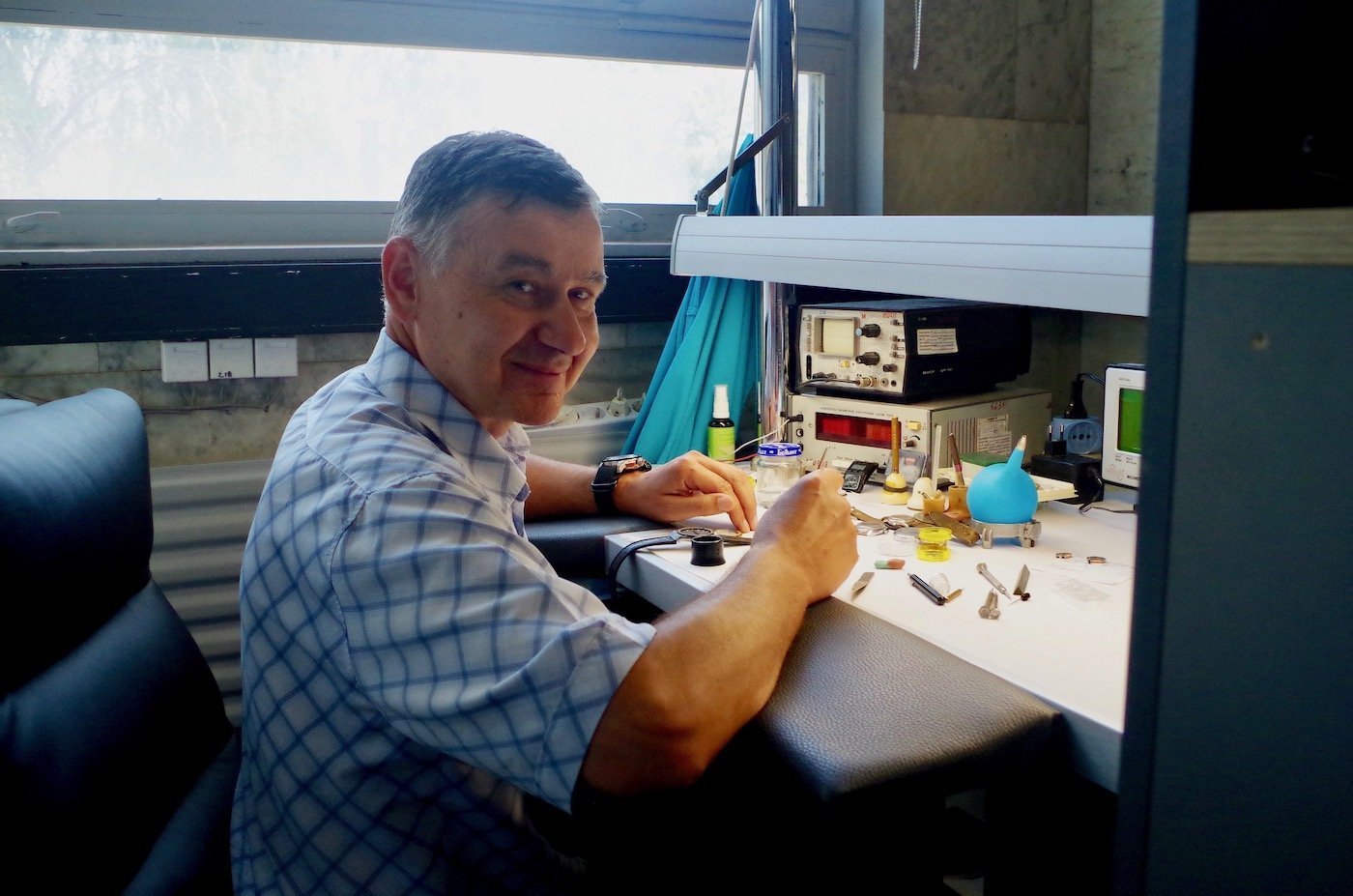
2009: Nationalisation
The Luch company, like many of the country’s industries, became a target of this new government strategy. Having reached the end of the line at the turn of the 21st century, the company went bankrupt in 2005. As Mr Sarkisian explains: “There was only one Luch store left in the whole country.”
Faced with this situation, the Belarusian state nationalised the company in 2009 and, at the same time, gave the green light to a possible takeover by a private player. Meetings were organised between the authorities and Swiss company Franck Muller. The Belarusian leader took a personal interest in the matter, and took part in discussions with Vartan Sirmakes, the company CEO.
“Preserving the watch factory is the most important thing for me,” said President Lukashenko, who offered assurances that Luch would be relaunched, “whatever it takes”. Vartan Sirmakes was enthusiastic about the idea of restarting production, going so far as to ask the Belarusian leader to promise that every member of his government would wear one of the watches. “I am ready to wear Luch watches, not Patek Philippe or anything else,” the president replied.
The gamble was risky, especially considering that, at that time, the Franck Muller group was navigating a wave of redundancies in Switzerland, following the financial crisis of 2008. It was a paradoxical situation, given that the Belarusian government’s priority was to preserve the brand and its 700 jobs.
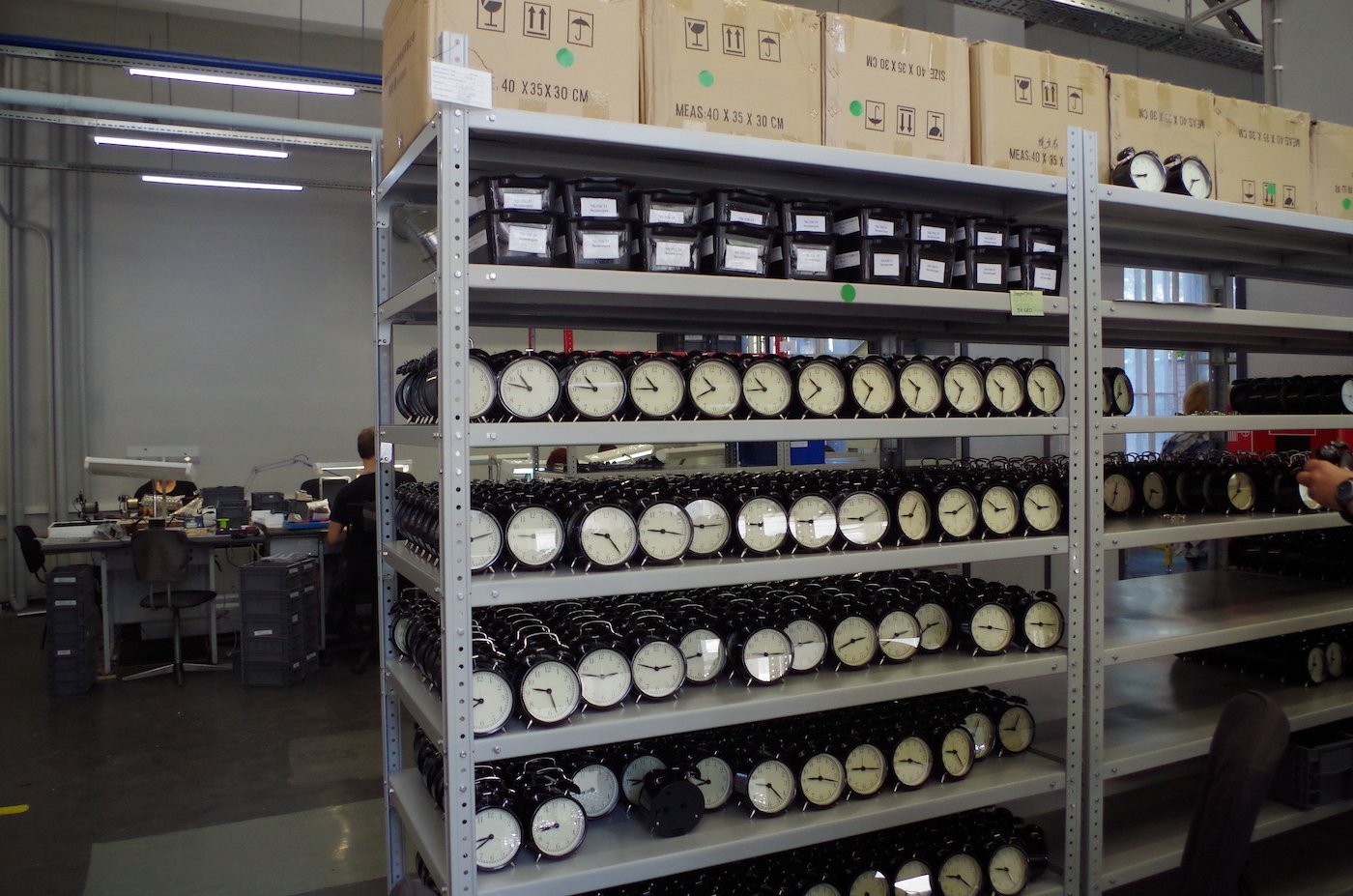
Buyout by Franck Muller in 2010
In 2010, Luch was bought for $10 million. “We have come a long way to sign the agreement,” then Prime Minister Vladimir Semashko announced to the press. “We weighed up the pros and cons. We have reached mutually acceptable solutions. The conclusion of this agreement is the basis for a new start.”
It was a “ridiculous” price, however, for journalist Vladimir Volchkov who, in a 2017 article in the government press, recalled that the company had also received tax benefits. Mr Sirmakes also committed to developing a “watch village” on the outskirts of the capital, but this project had not come to fruition.
Nevertheless, despite the difficulties, the factory continues to exist, and its workers have kept their jobs. In this respect, the government’s priority objectives have been met. “We cannot lose the brand, the company, because its name means a lot,” the Belarusian leader stressed during the 2009 negotiations.
Luch is now 80% owned by the Swiss company, while the state retains ownership of about 19%. Since the takeover, the buildings have been renovated and 27 stores have opened across the country.
“We cannot lose the brand, the company, because its name means a lot,” the Belarusian leader hammered home during the 2009 negotiations.
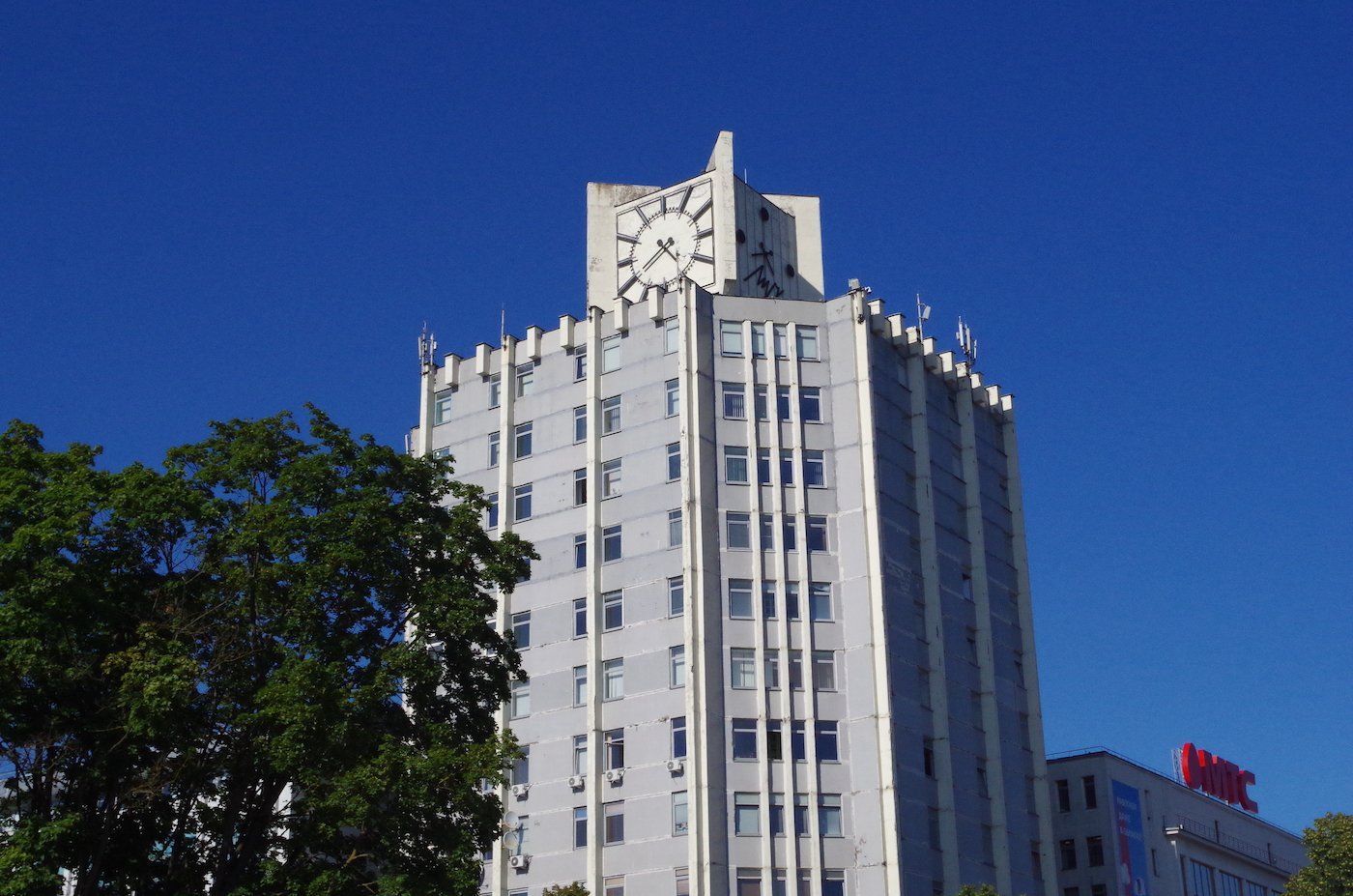
Looking for a new image
“The hardest thing was fighting prejudice, because for many young people Luch was associated with the USSR and therefore with something negative,” Rafik Sarkisian stresses. “I often receive messages from customers who are surprised by the quality of our watches. I am totally convinced of the excellent quality of our work, but I am surprised that people are still surprised.”
Currently, the factory produces 600,000 watches a year, a slight improvement on previous years (about 300,000 watches a year in 2009) but still a long way from its heyday. “We have watches that range from $40 to $700, retail price,” Sarkisian says, adding that many alarm clocks are also made in the factory, for a “very large Swedish company” whose name may not be revealed...
On the ground floor of the historic building, a company store invites visitors to pick up one of the timepieces displayed in the window. At the back of the premises is a small bar, in front of which several tables and chairs are arranged. Customers come to enjoy coffee and pastries. “We came up with this idea to encourage sales and make shopping a relaxing experience,” says Sarkisian.

The single-hand watch: the bestseller
Luch officials are keen to point out that they are not just an “assembly plant”. In an interview in October 2018, one of the directors claimed that all parts were produced in the workshops, although several models use Swiss and Japanese movements.
Among the brand’s most popular products are the single-hand watches. On the dial there are three sizes of bars. The long ones indicate the hours (1 to 12). The medium bars represent half an hour and the small bars represent minutes (in increments of 5 or 10). “We are probably the only ones in the whole post-Soviet space to have kept a very special calibre for this watch, the 1801,” Sarkisian says.
Very popular during the Soviet period, the 1801.1 calibre, manufactured in Luch’s own factories, was given a new lease of life thanks to a proposal from one of the workers. Oskirko Gennadiy Vladimirovich, a 40-year employee of the factory, came up with the idea of using it for the single-hand watch.
The 1801.1 calibre, which was very popular during the Soviet period, was given a new lease of life following a proposal by one of the workers to use it for the single-hand watch.
The highly original single-hand watch has attracted something of a cult following. Made in such a way that it cannot tell the time precisely, it is appreciated by adepts of “slow time” and relaxation. It offers a way for its users to slow down – which is an ideal metaphor for a company that, amid the upheavals of the late 20th century, took its own sweet time to get to where it is today.
*This article was written at the beginning of August 2020.




























































